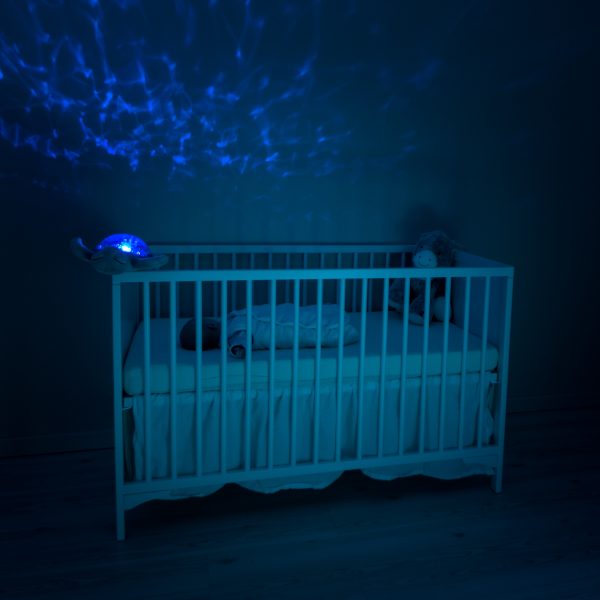Behaviour issues being mislabelled due to sleep apnea

Up to 15 per cent of children have sleep disordered breathing (SDB), including obstructive sleep apnea (OSA) , yet up to 90 per cent are undiagnosed, with researchers from the American Osteopathic Association cautioning that SBD can impair brain development, cause cognitive delay, and present as behavioural problems.
The wrongly attributed behaviour issues are of concern to the research recently published in the Journal of the American Osteopathic Association, with researchers commenting that children experiencing SDB and OSA are “grossly underdiagnosed”.
Sleep apnea and related conditions can cause lasting damage to brain development during crucial years, researchers said. As a result, children with undiagnosed SDB have been reported to use health care 226 per cent more than the general population.
Symptoms of OSA and SDB are all too often misattributed to psychological or emotional issues, said study co-author Dr John White, adding that “Children who have behavior problems or are suspected to have ADHD might actually be suffering from a chronic lack of restorative sleep.”
Researchers explained that neurocognitive development, cellular regeneration, and tissue and bone growth all occur during the deep sleep stage. However, when breathing is obstructed in the upper airway, the brain switches back from deep to light sleep in order to resume normal breathing – barring the mind and body from critical restorative processes.
Symptoms of SDB and OSA in children include snoring, restless sleep, excessive sleepiness, teeth grinding and jaw clenching, migraines, bedwetting, and irritability. If SDB is suspected, Dr White says a referral to a multidisciplinary team is ideal. This typically includes a pediatric ear/nose/throat (ENT) specialist, sleep specialist, dentist trained in craniofacial development, and a myofunctional therapist.
Dr White says that dentists are often able to screen for the problem because it is rooted in dysfunctional craniofacial development, which begins early on. He explained that infants with tongue-tie or who have latching problems during breastfeeding might be at risk for developing SDB or OSA, as well as children who have speech delays.
“A lot of airway problems come from poor jaw structure,” said Dr White. “And the tongue is crucial in shaping the mouth, jaw and nasal cavity.”
For children who are diagnosed with SDB or OSA, the first line of treatment is usually removing the child’s tonsils and adenoids, according to Dr White. If SDB persists following surgery, dentists might employ an orthodontic maxillary expander.
The device braces against the palate and top molars, with an adjustable bar bridging across the roof of the mouth. Parents turn a screw that extends the bridge one notch each week, over six to seven weeks. In that time, the roof of the mouth is expanded, increasing the volume of the nasal cavity and greatly improving respiratory patterns.
“Once we identify sleep apnea, treatment is usually very effective. The challenge is catching it early enough,” said Dr White. “The early years are critical for brain development, so it’s essential that this condition is on our radar.”
Popular

Workforce
Quality
Research
When did it start to go wrong?
2025-12-18 08:00:46
by Fiona Alston

Economics
Policy
Quality
Provider
Research
Is your service ready? Key updates to Queensland kindergarten funding in 2026
2025-12-17 07:00:15
by Fiona Alston

Quality
Workforce
Practice
Research
Let’s not lose the word 'Children'
2025-12-18 07:45:13
by Fiona Alston















